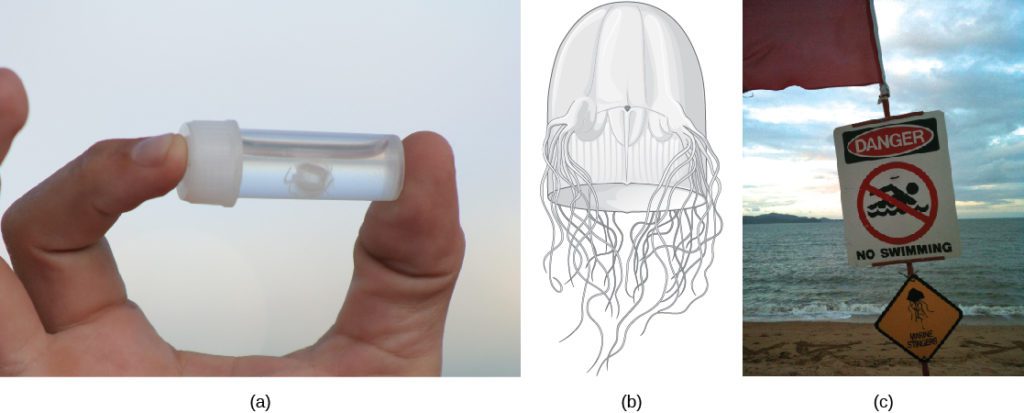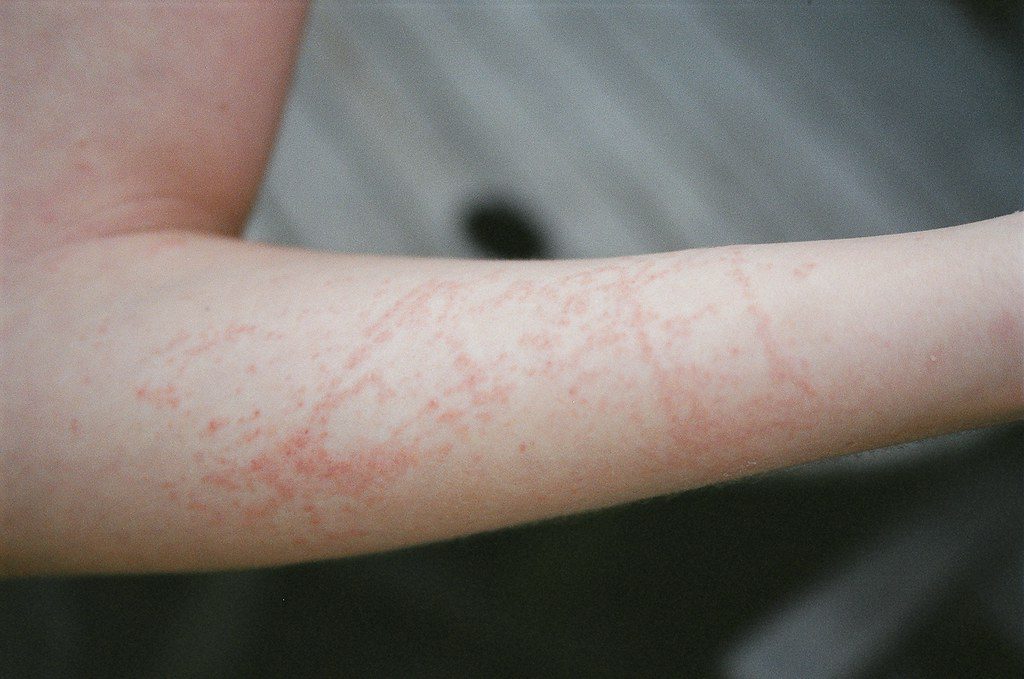Jellyfish stings are a common concern for beachgoers, divers, and swimmers around the world. These marine creatures, while fascinating, can deliver painful and sometimes dangerous stings through their tentacles. Understanding the symptoms, treatment options, and preventive measures is essential for anyone spending time in jellyfish-prone waters. In this article, we will explore everything you need to know about jellyfish stings, from how they occur to how you can protect yourself.

What Happens When a Jellyfish Stings?
Jellyfish stings occur when their tentacles come into contact with human skin. The tentacles are equipped with specialized cells called cnidocytes, which contain tiny, harpoon-like structures known as nematocysts. When triggered by touch or pressure, these nematocysts release venom into the victim’s skin. This venom can cause a range of reactions, from mild irritation to severe allergic responses or even life-threatening conditions.
Common Symptoms of Jellyfish Stings
The severity of a jellyfish sting depends on several factors, including the species of jellyfish, the area of the body affected, and the individual’s sensitivity to the venom. Below are some common symptoms associated with jellyfish stings:
- Pain: A sharp, burning sensation at the site of the sting is one of the most immediate and noticeable symptoms.
- Redness and Swelling: The affected area often becomes red and swollen, similar to an insect bite or sting.
- Rash or Itching: Some individuals may experience a rash or persistent itching in the affected area.
- Tentacle Marks: Visible marks or welts where the tentacles made contact with the skin are common.
- Nausea and Vomiting: In more severe cases, the venom can cause systemic reactions, leading to nausea and vomiting.
- Muscle Cramps or Weakness: Certain species of jellyfish can cause muscle cramps or general weakness due to the toxins in their venom.
- Difficulty Breathing: Rarely, a sting can trigger an allergic reaction that leads to difficulty breathing or other respiratory issues.
- Heart Problems: In extreme cases, particularly with highly venomous species like the box jellyfish, the sting can affect heart function.
Treatment for Jellyfish Stings
If you or someone else is stung by a jellyfish, it is important to act quickly to minimize the effects of the venom and prevent further complications. Here are the steps you should follow for effective treatment:
Step 1: Get Out of the Water
The first thing to do after being stung is to leave the water as soon as possible. This reduces the risk of additional stings and ensures that you are in a safe environment for treatment.
Step 2: Rinse with Saltwater
Rinse the affected area with saltwater rather than freshwater. Freshwater can cause the nematocysts to release more venom, worsening the sting. Use seawater to gently wash away any remaining tentacles or debris.
Step 3: Remove Tentacles Carefully
If any tentacles are still attached to the skin, remove them carefully using tweezers or the edge of a credit card. Avoid using your bare hands, as this could lead to additional stings. Do not rub or scrape the area, as this can also trigger the release of more venom.
Step 4: Deactivate the Nematocysts
To neutralize the nematocysts, apply vinegar or a solution of baking soda mixed with seawater to the affected area. Vinegar is effective for many types of jellyfish stings, but it is important to note that it may not work for all species. For example, vinegar should not be used on stings from certain species like the Portuguese man-of-war.
Step 5: Soak in Hot Water
After deactivating the nematocysts, soak the affected area in hot water (not scalding) for 20 to 45 minutes. The heat helps to reduce pain and deactivate any remaining venom. If hot water is unavailable, use a hot pack or a clean cloth soaked in warm water.
Step 6: Monitor for Severe Reactions
Keep an eye out for signs of a severe reaction, such as difficulty breathing, chest pain, irregular heartbeat, or fainting. If any of these symptoms occur, seek emergency medical attention immediately. Antivenom may be required for stings from highly venomous species like the box jellyfish.
Step 7: Use Pain Relief Medications
Over-the-counter pain relievers, such as ibuprofen or acetaminophen, can help alleviate discomfort. Hydrocortisone cream or calamine lotion may also be applied to reduce itching and inflammation.
Preventing Jellyfish Stings
While it is impossible to completely eliminate the risk of jellyfish stings, there are several precautions you can take to minimize the likelihood of encountering these creatures and getting stung.
Research Before You Swim
Before heading to the beach, check local reports or ask lifeguards about jellyfish activity in the area. Many beaches have warning systems in place to alert visitors when jellyfish are present.
Wear Protective Clothing
Consider wearing a wetsuit or other protective clothing when swimming in areas known for jellyfish. Specialized swimwear designed to protect against stings is also available and can provide an extra layer of defense.
Avoid Touching Jellyfish
Even if a jellyfish appears dead or washed up on the shore, it can still sting. Avoid touching any jellyfish you encounter, whether in the water or on the beach.
Swim in Designated Areas
Stick to designated swimming areas that are monitored by lifeguards. These areas are often safer and less likely to have high concentrations of jellyfish.
Be Cautious During Certain Times
Jellyfish tend to be more active during certain seasons and times of day. For example, they are often more prevalent during warmer months and may gather near shorelines during low tide. Plan your activities accordingly to avoid peak jellyfish activity.
Use Jellyfish Repellents
Some products claim to repel jellyfish and reduce the risk of stings. While their effectiveness varies, they may provide an additional measure of protection when used in conjunction with other preventive strategies.
Understanding Different Types of Jellyfish
Not all jellyfish are created equal. Some species are relatively harmless, while others are capable of delivering life-threatening stings. Familiarizing yourself with the types of jellyfish you might encounter can help you better assess the risks and respond appropriately.
Box Jellyfish
The box jellyfish is considered one of the most dangerous marine animals. Found primarily in the waters of Australia and Southeast Asia, its venom can cause heart failure and death within minutes if left untreated. Immediate medical attention is crucial for stings from this species.
Portuguese Man-of-War
Despite its appearance, the Portuguese man-of-war is not a true jellyfish but a colony of organisms. Its sting can be extremely painful and may require medical treatment, especially if the affected area is large or if systemic symptoms develop.
Lion’s Mane Jellyfish
The lion’s mane jellyfish is commonly found in colder waters, such as those of the North Atlantic and North Pacific. While its sting is generally not life-threatening, it can cause significant pain and discomfort.
Moon Jellyfish
Moon jellyfish are among the least harmful species. Their stings typically result in mild irritation and are unlikely to require medical intervention.
When to Seek Medical Help
While most jellyfish stings can be treated at home, there are situations where professional medical care is necessary. Seek medical attention if:
- You experience difficulty breathing or swallowing.
- Your heart rate becomes irregular or you feel chest pain.
- The sting covers a large area of your body or affects sensitive areas like the face or genitals.
- You develop signs of an allergic reaction, such as hives, swelling, or dizziness.
- The pain and symptoms do not improve after initial treatment.





